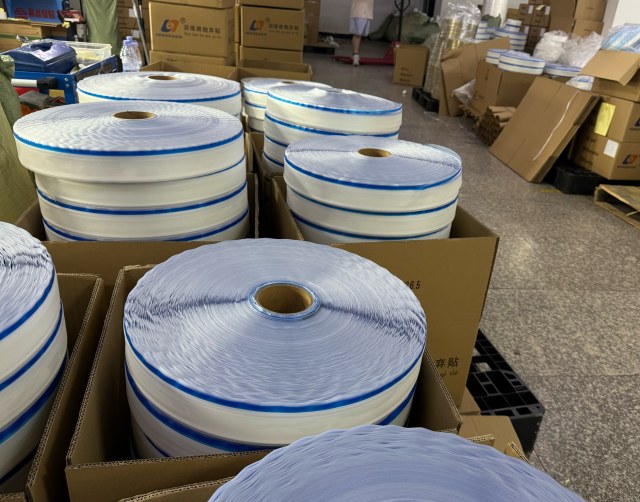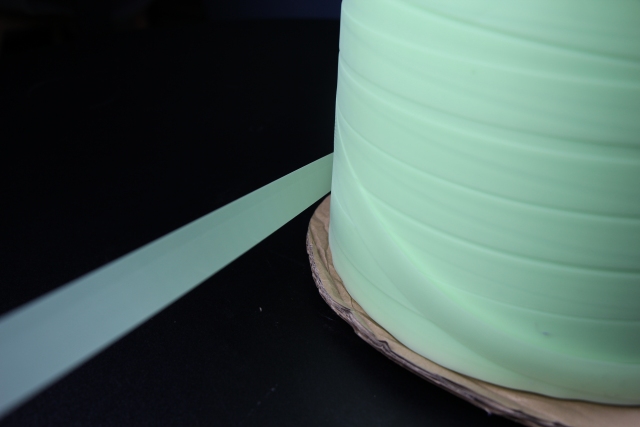Author:Hengdaxin Diaper Material SupplierFROM:Diaper Materials Manufacturer TIME:2024-08-05
In recent years, the raw materials used in sanitary pads have undergone significant evolution driven by technological advancements, environmental concerns, and consumer demand for safer and more sustainable products. This article explores the future trends in raw materials for sanitary pads, examining innovations that promise to shape the industry in the coming years.

One of the most prominent trends in the future of sanitary pad materials is the shift towards sustainable sourcing. Manufacturers are increasingly under pressure to reduce their environmental footprint by sourcing raw materials responsibly. This includes using organic cotton, bamboo fibers, and other biodegradable materials that minimize ecological impact.
Biodegradability is becoming a key consideration in the choice of materials for sanitary pads. Innovations in biodegradable polymers and natural fibers offer alternatives to traditional plastics, which are slow to degrade and contribute to environmental pollution. Consumers are showing a growing preference for pads that break down naturally after disposal, reducing landfill waste.

The future holds promise for advanced absorbent materials that enhance the performance of sanitary pads. Innovations in superabsorbent polymers (SAPs) and natural materials with high absorbency, such as fluff pulp and organic cotton, aim to improve comfort, absorbency, and leakage protection. These materials undergo rigorous testing to ensure safety and effectiveness.
To address hygiene concerns, future sanitary pads are likely to incorporate antimicrobial and odor-control technologies. Silver nanoparticles and natural antimicrobial agents are being explored to inhibit bacterial growth and reduce odor, providing added comfort and confidence to users.
Enhancing comfort and promoting skin health are pivotal in the development of future sanitary pad materials. Manufacturers are focusing on softer, breathable materials that reduce irritation and promote airflow. Innovations in textile engineering and dermatologically tested materials aim to cater to sensitive skin needs.
The integration of smart technologies into sanitary pads represents a futuristic trend. Sensors and indicators embedded in pads could monitor fluid saturation levels, alerting users when a pad change is needed. While still in early stages of development, such innovations could revolutionize user experience and hygiene management.
Future trends include customization and personalization of sanitary pads to meet individual needs. Companies are exploring options like customizable absorbency levels, sizes, and even fragrance preferences. This trend aims to enhance user satisfaction and comfort, catering to diverse preferences and menstrual needs.
As awareness grows regarding menstrual health and product safety, future trends in sanitary pad materials emphasize adherence to rigorous regulatory standards. Manufacturers are expected to prioritize transparency in ingredient disclosure and safety testing to ensure products meet global health and safety guidelines.

In conclusion, the future of sanitary pad materials is marked by innovation, sustainability, and enhanced user experience. With advancements in biodegradability, absorbency, comfort, and smart technologies, manufacturers are poised to meet evolving consumer demands while addressing environmental and health concerns. As research and development continue to drive forward, the sanitary pad industry is set to embark on a path of transformation, offering safer, more sustainable, and technologically advanced products for users worldwide.